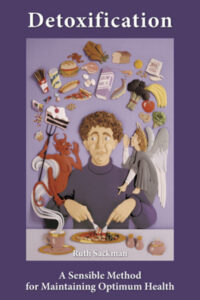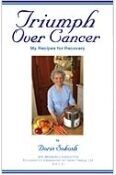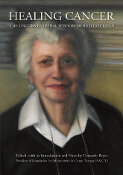Swiss chard is a member of the beet family. Unlike most members of this family, chard does not develop an enlarged, fleshy root. Instead it has large leaves with thickened midribs, and both ribs and leaves are edible. The roots are hard and woody. Swiss chard is a temperate zone biennial that withstands rather severe winters. It is of the same species as garden beets, mangel-wurzels, and sugar beets, and readily inter-crosses with them through airborne pollination.
Chard is the beet of the ancients. Aristotle wrote about red chard and Theophrastus mentioned light-green and dark-green types of chard in the fourth century B.C. The Romans called this plant “beta”, and the Arabs called it “selg”. But chard was used as a potherb in the Mediterranean lands, Asia Minor, the Caucasus, and the Near East, long before Roman times. Wild beets grow widely in these areas.
Beets of the type that produce large, fleshy, edible roots were unknown before the Christian era. The ancients apparently used the root of the wild beet or chard for medicinal purposes only. Chard has been used in Europe for as long as there are definite records of food plants.
The therapeutic value of swiss chard
Swiss chard contains a great deal of vitamin C, vitamin A, potassium, sodium, and calcium. It is best not to cook it for a long time, because its vitamin content will decrease.
This vegetable is low in calories and high in alkaline ash. It is good when combined with other vegetables in salads, and helps ward off colds. It is beneficial to the digestive system, because it contains many of the vitamins and minerals essential to its operation.
The nutirents in one pound of Swiss Chard
Calories: 82
Protein: 5.5 g
Fat: 0.8 g
Carbohydrates: 17.2 g
Calcium: 410 mg
Phosphorus: 140 mg
Iron: 9.8 mg
Vitamin A: 10,920 I.U.
Thiamine: 0.22 mg
Riboflavin: 0.28 mg
Niacin: 1.7 mg
Ascorbic acid: 148 mg
Swiss Chard Recipes





